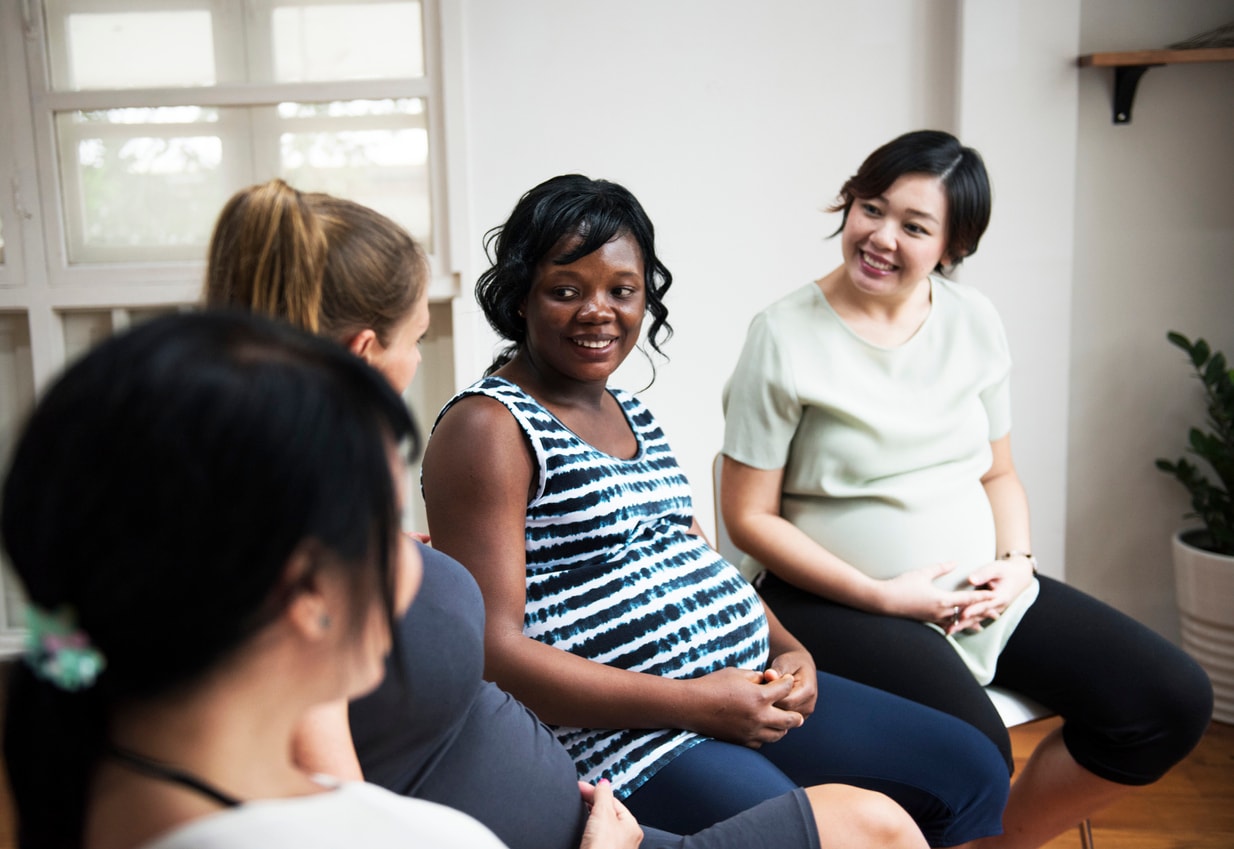How to prevent violence against women


To stop violence against women, we have to take action to address the 4 drivers of violence against women.
No single person or organisation can bring about an end to violence. A collective, national effort is needed, by addressing the drivers of violence against women across all areas of society. Individuals, families, communities, organisations and systems (like the legal system) all play a role.
Here are some examples of actions that address each of the drivers at different levels of society.
This involves challenging the beliefs that justify, excuse, trivialise or downplay violence against women, or shift blame from perpetrators to victims, as well as challenging the ways these beliefs are upheld through things like workplace practices and laws.
Examples of actions that challenge the condoning of violence include:
calling out ideas like ‘why did she get so drunk?’ or ‘why didn’t she fight back?’, when they’re used to shift blame for violence
advocating for changes to laws that tacitly condone violence against women, for example changes to Australian federal legislation imposing a ‘positive duty’ on employers to prevent workplace sexual harassment and discrimination.
This means promoting women’s independence in their relationships and families, as well as promoting women’s access to resources and decision-making power in public life, including in workplaces and parliaments.
Examples of actions that promote women’s independence and decision-making in public life and relationships include:
programs that increase the number of women running for public office through training and networking opportunities
workplace action plans for recruiting and retaining women in leadership positions – including things like addressing unconscious bias in recruitment
strengthening women’s economic security through things like subsidised child-care
programs that work with individuals to promote healthy and respectful relationships.
This involves challenging beliefs about how men and women should behave – and what they’re capable of – as well as challenging the ways these beliefs are upheld through social practices.
Examples of actions that help build these new social norms include:
providing baby change tables in men’s toilets as well as women’s toilets
social marketing campaigns about why gender stereotyping is limiting
programs that work with young people to challenge rigid gender roles and identities for women, men and people of other genders.
This involves supporting men and boys to develop healthy ideas about what it means to ‘be a man’ – and positive relationships with other men, that are not built on showing aggression, dominance or control.
Examples of actions that support men and boys to develop healthy masculinities and positive peer relationships include:
teaching boys and men how to recognise, understand and challenge harmful expressions of masculinity
workplace initiatives that promote inclusive forms of leadership, not based on aggression or dominance.
For more information about the essential actions to prevent violence against women, please read Change the story.

4 resources in this collection
Change the story publications and videos outline the actions needed to address the underlying drivers of violence against women.

3 minute read
Find out about a ‘primary prevention’ approach that addresses the drivers of violence against women.